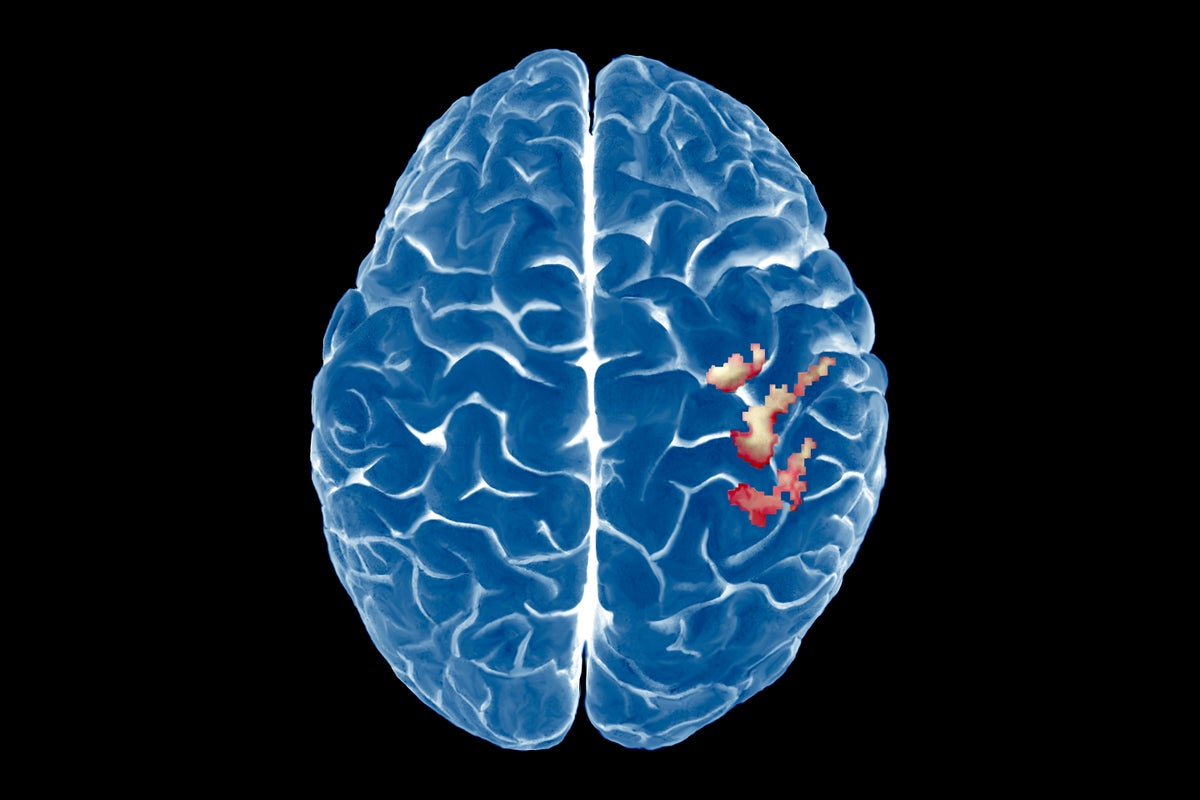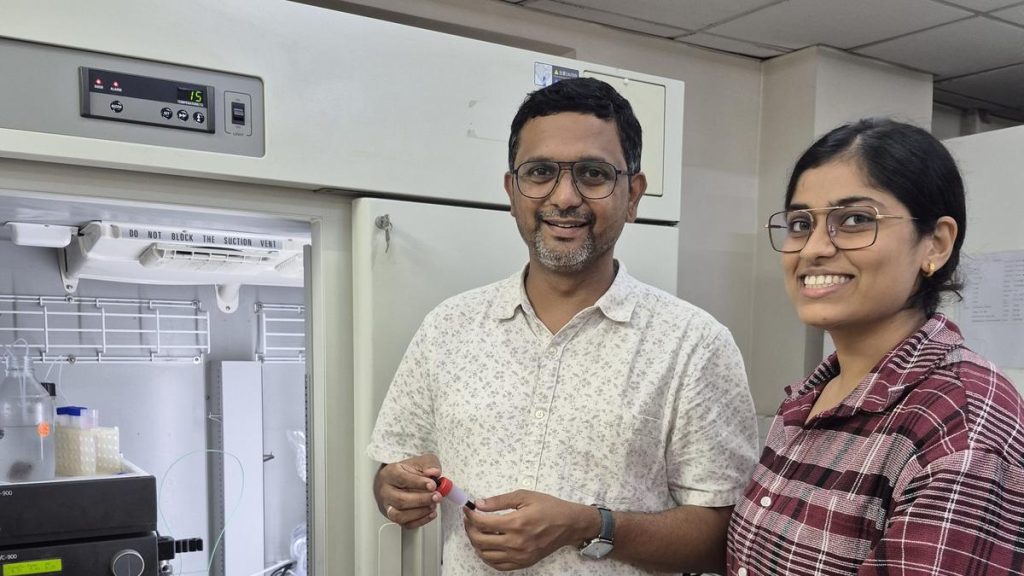Now Reading: Brain’s Body Map Remains Stable Even After Limb Loss
1
-
01
Brain’s Body Map Remains Stable Even After Limb Loss
Brain’s Body Map Remains Stable Even After Limb Loss

Rapid Summary
- A new neuroscience study published in Nature Neuroscience challenges the longstanding belief that the brain reorganizes its body map following limb amputation.
- researchers found that the primary somatosensory cortex,responsible for mapping sensory facts,remains stable even years after an arm amputation.
- Using fMRI imaging over a five-year period with pre- and post-amputation participants, researchers observed activation patterns in cortical areas associated with the missing hand remained unchanged.
- The study also refutes previous findings that suggest neighboring neurons would redistribute to take over unused regions of the cortex after amputation.
- Senior author Tamar Makin from Cambridge University reiterated this finding coudl impact treatments for phantom limb pain and enhance prosthetics or brain-computer interfaces controlled by neural signals.
- Study methods included measuring pre-surgery motor tasks (e.g., finger tapping) followed by repeat testing using “phantom fingers” post-surgery.
- Scientists noted such stability might explain low success rates in therapies targeting cortical reorganization as a root cause of phantom limb pain.
Stay Informed With the Latest & Most Important News
Previous Post
Next Post
Loading Next Post...




























